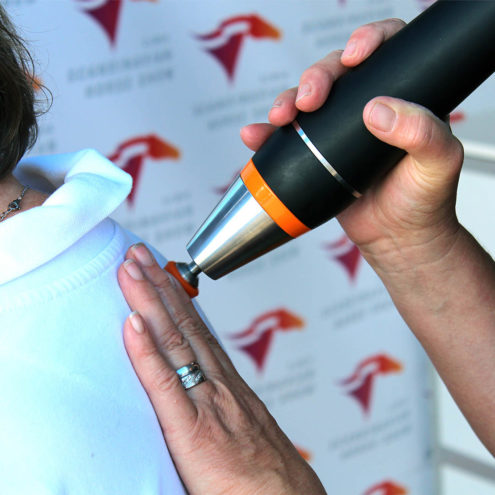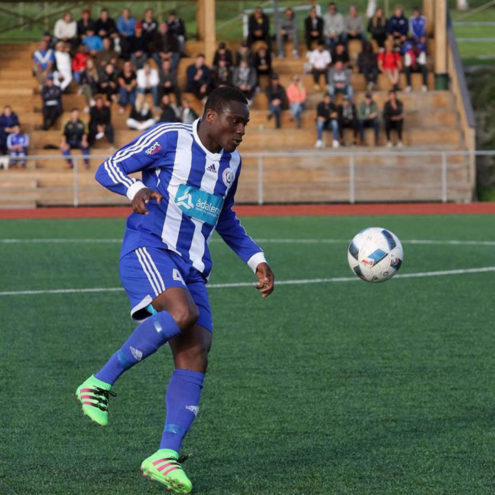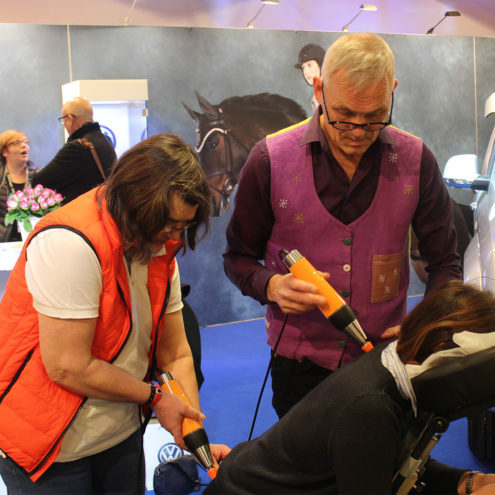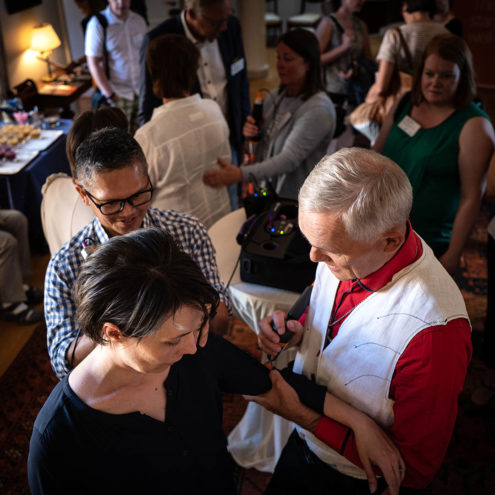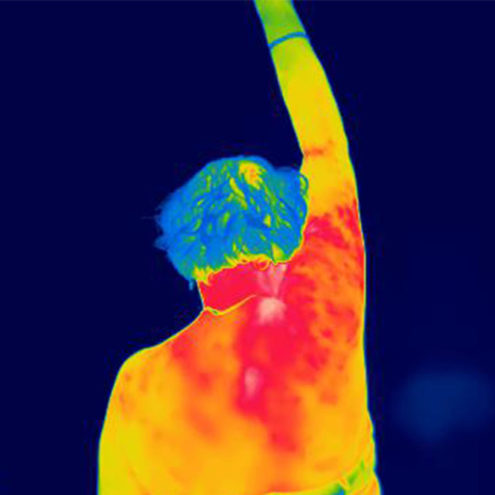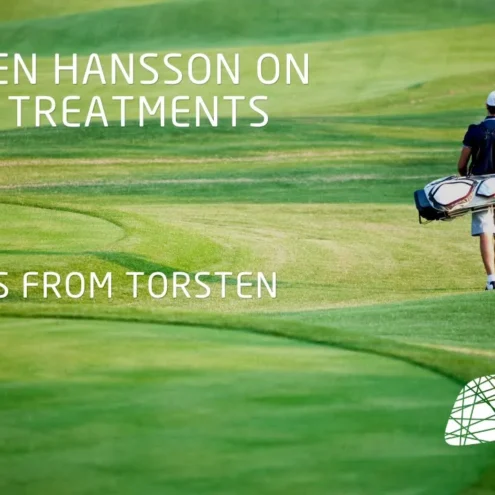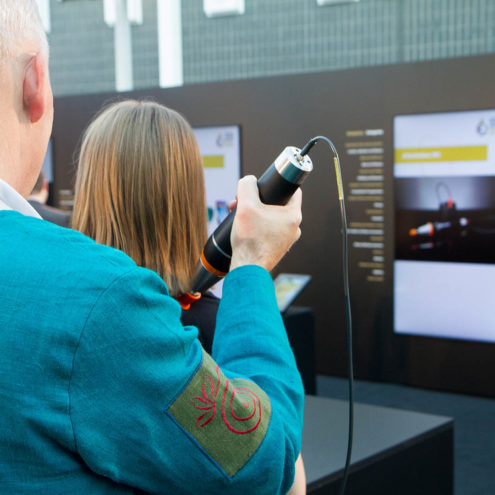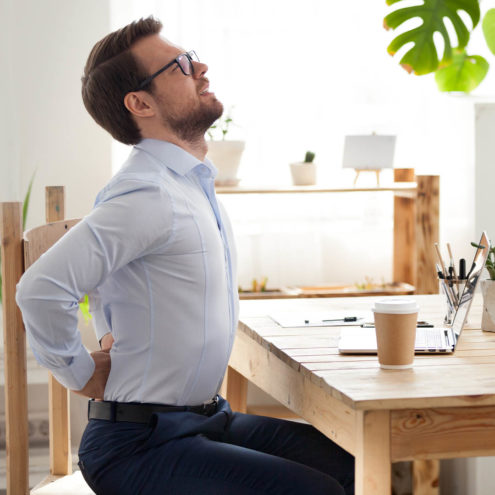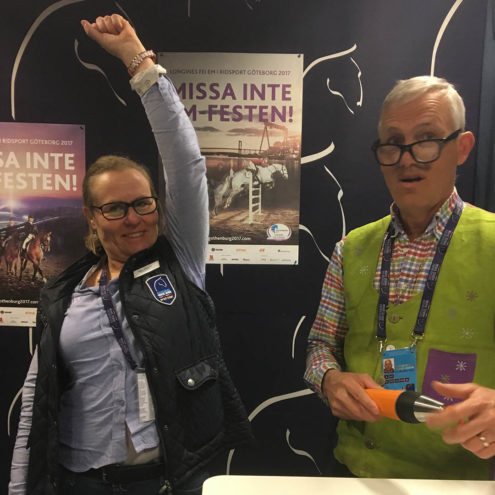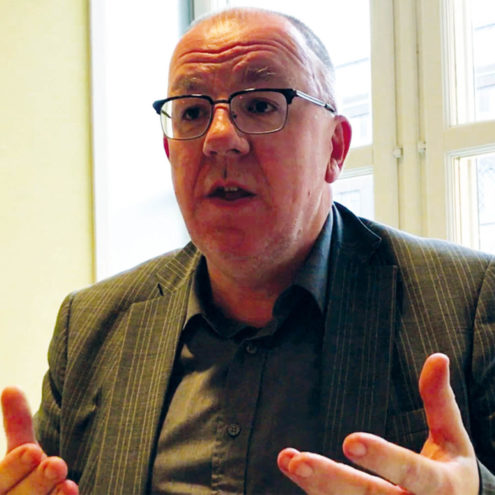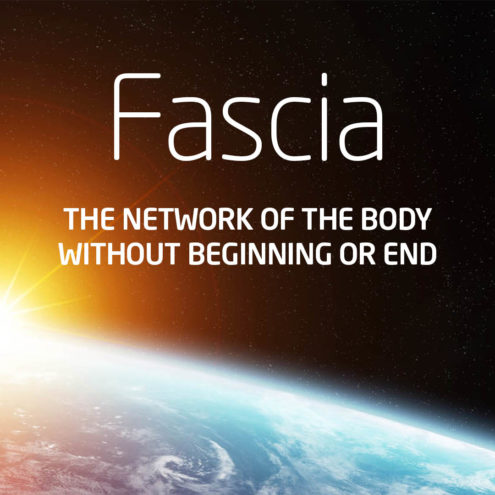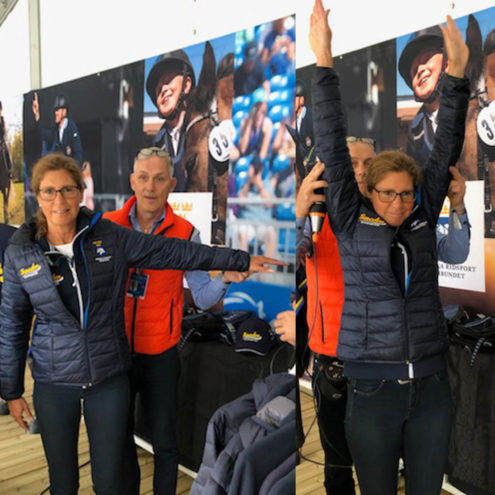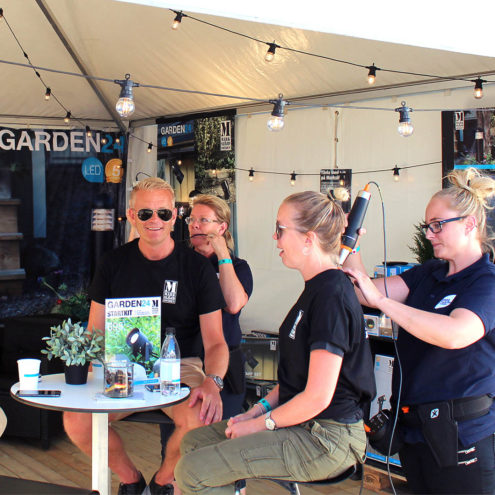Osteoarthritis in the back
The spine can be divided into the cervical, thoracic, lumbar, lumbar and coccyx. The spine, or vertebral column, consists of 32-34 vertebrae, with the tail vertebrae varying from three to five. It consists of seven cervical vertebrae, twelve thoracic vertebrae, five lumbar vertebrae, the sacrum, which is actually five fused vertebrae, and the tail vertebrae.
In the vertebral bodies there is a cavity which together form the canal for the spinal cord from which nerves, called spinal nerves, exit. They exit between each vertebral body, on both sides of the spine.
Between the vertebrae there are cartilage discs, disks, which have a shock-absorbing and friction-absorbing function.
Each vertebra has so-called articular prominences on either side. These articulate with the articular prominences of neighboring vertebrae, and the joints form the so-called facet joints. Most vertebrae have four articular processes, two on the right and two on the left. Two prominences point upwards and lead to the downward-pointing prominences on the vertebra above and two point downwards and lead to the upward-pointing prominences on the vertebra below.
The facet joints are small joints with articular cartilage and joint capsule. In osteoarthritis of the back, the articular cartilage in the facet joints has been damaged or deteriorated.
The spine, when viewed from the side, has an S-shape which also contributes to elasticity and shock absorption. Depending on this S-curvature, the facet joints lie at different angles to each other in different parts of the spine.
What is osteoarthritis of the back?
Osteoarthritis in the back most commonly affects the neck and lumbar spine but can affect any part of the spine. The articular cartilage in joints, in this case the facet joints, is continuously broken down and rebuilt at the same rate if the joint is balanced and loaded correctly and the right nutrients are available.
In osteoarthritis, this balance is disturbed, the cartilage breaks down faster than it builds up. This causes damage to the cartilage and eventually, in severe osteoarthritis, it can disappear completely in some places. This causes the joint to lose function, become stiff and cause pain. The strain on the joints increases as the cartilage does not function optimally, which in turn affects other structures and mobility is further impaired. A vicious circle.
Symptoms of osteoarthritis in the back
The symptoms of osteoarthritis of the back are often insidious, as osteoarthritis usually develops slowly over many years. In most cases, the first thing you notice is stiffness in your back, especially after resting, when it can be difficult to get your mobility going. Your back may also hurt during certain movements and your back may feel tired. In more advanced cases of osteoarthritis, pain and aches may occur even when resting.
Often the symptoms get worse in certain periods and sometimes the symptoms can be more mild, the symptoms come in relapses. It can vary depending on lifestyle and how much you move or not, even weather can affect how the symptoms manifest. Poor posture and back strain can make symptoms worse.
Walking with more or less constant pain and reduced mobility and function reduces quality of life. Over time, it takes its toll on strength and mood, and people can become depressed. It also results in overuse and pain in other parts of the body, such as the hip flexors, glutes and shoulders.
Causes of osteoarthritis of the back
The cause of osteoarthritis of the back is usually an imbalance in the loading of the vertebrae and thus the discs and facet joints. It can be caused by incorrect posture and repetitive motion. Sometimes it can be caused by direct trauma, but trauma in turn creates imbalances and misalignment of the joints. Various nutritional deficiencies can also cause a lack of building blocks to build new cartilage.
Imbalance and overloading of certain joints is in most cases caused by a pelvic obliquity. A pelvic obliquity will affect balance and load throughout the spine, up to the neck and also further down where it affects the load on the hip joints, knee joints and feet.
The pelvis is made up of two ‘halves’ which are joined together at the front by a cartilaginous joint and at the back towards the spine are open and not fused. The two halves are articulated posteriorly to the sacrum via the SI joint. This allows the halves to shift in height relative to each other and also to rotate forward/backward.
When and where to seek treatment for osteoarthritis of the back
Back pain does not always mean that osteoarthritis has developed. Osteoarthritis is also not dangerous and staying still often makes the pain worse. Sedentary and immobile lifestyles are detrimental to the body in general. It’s important to keep mobility and flow going so as not to increase pressure and pain on certain tissues. That’s why it’s important to get treatment to ensure that the pelvis and spine are loaded as evenly as possible.
Treatment by a fascia therapist can prevent osteoarthritis from progressing and becoming more severe. Fascia clinic therapists take a holistic view of the body and do a body scan to then provide the best opportunities to even out the load on joints and soft tissues. Seek help as soon as possible to avoid further wear and tear on your body and joints.
The treatment is carried out using various manual and vibrating techniques and is painless, gentle and comfortable. In collaboration with the therapist, a plan can be set up to enable the healing of the articular cartilage, both in terms of treatment, exercise and nutritional supplements.
Can you prevent osteoarthritis in the back?
By trying to keep the body in as good a balance as possible, osteoarthritis of the back can be prevented. Good balance means, among other things, making sure to keep the body straight so that it is not overloaded and some joints and even soft tissues are thus overloaded. It also means a good diet and sufficient nutrient intake so that there are building blocks to repair and maintain, for example, collagen build-up. A reasonably active and mobile lifestyle is also important, sedentary behavior is devastating for the body and joints, but even too hard exercise can be unfavorable, especially if the joints are not loaded evenly and the nutritional supply is inadequate.
It can be difficult to sense how balanced your body is if you have not learned the signals. That’s why it’s a good idea to go to a Fascia Clinic regularly and preventively for body balancing and Fascia treatment. The therapist can also give you tips and advice on nutritional supplements that are extra important for articular cartilage, such as collagen, vitamin C, MSM, etc.
Exercises for osteoarthritis of the back
It is important to move around and try to keep your back mobile, but at the same time not overload your back in the wrong positions. Resting and sitting still will not help the osteoarthritis to heal, but will make it worse.
Avoid movements that aggravate the pain. Stretching your back backwards can be done with caution as it increases pressure and strain on the facet joints. Bending your back forward, on the other hand, reduces the pressure on the facet joints.
Core and balance training to strengthen the body’s stabilizing muscles is important to reduce pressure on the joints and discs of the back. Relaxation and breathing exercises that involve breathing with the stomach can also help.
A good exercise is the pelvic tilt. You lie on your back with your legs angled and your feet on the floor. Now gently rock your pelvis forwards and backwards so that you get movement in your spine. This is a simple exercise that also works your core and abdominal muscles without straining your back.
 Search
Search

